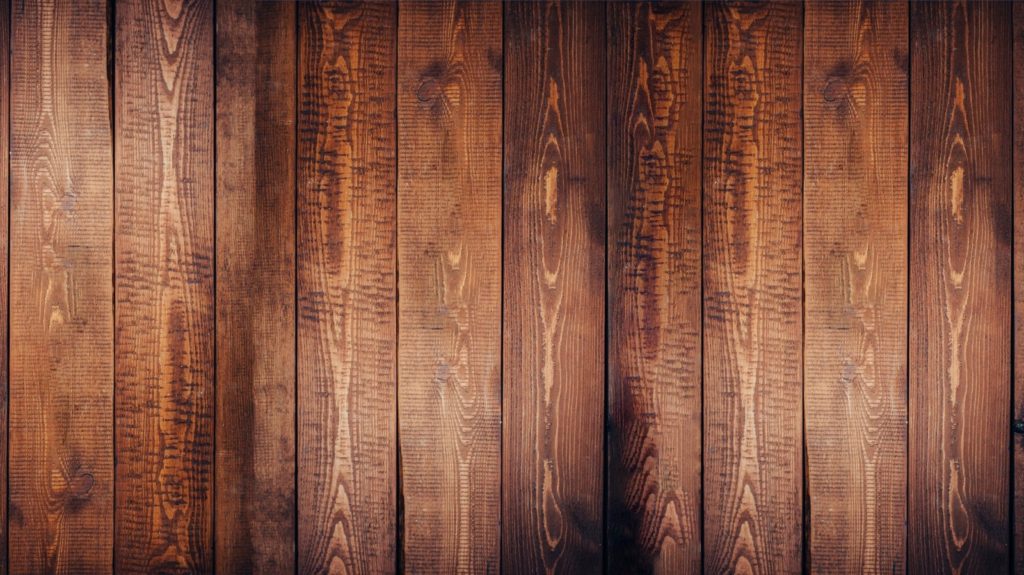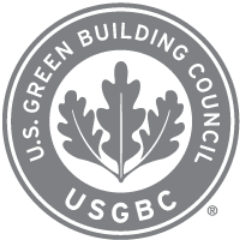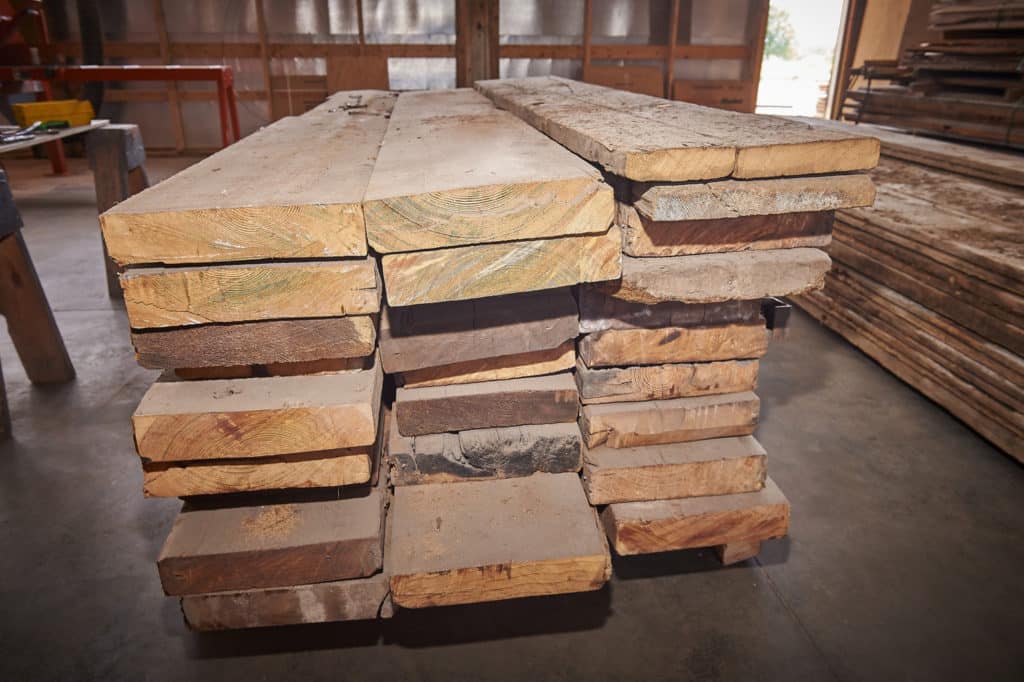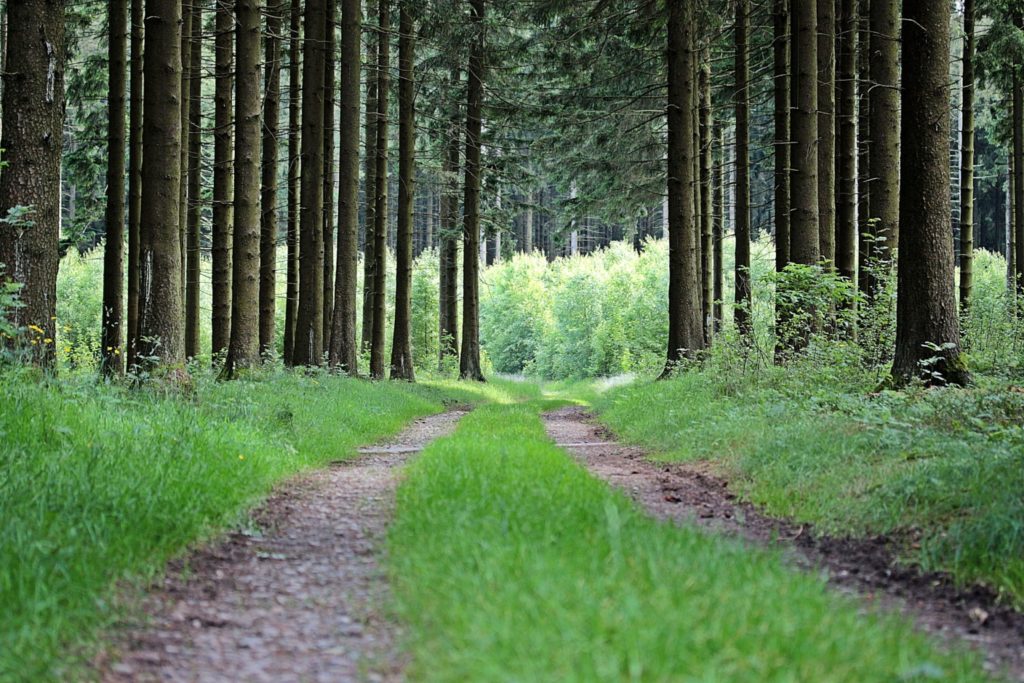Sustainable architecture and reclaimed wide plank floors truly go hand-in-hand. Interior designers, contractors, and architects interested in green building projects should look no further than reclaimed wood flooring when it comes to selecting a floor covering.
Here’s how reclaimed wide plank floors contribute to the green building movement:
 Reclaimed floors reduce the demand for wood from virgin forests.
Reclaimed floors reduce the demand for wood from virgin forests.
The use of reclaimed wood helps to combat problems like illegal logging and deforestation, which
harms virgin forests and the wildlife that inhabits them.
Reclaimed floors come from wood that is being put to use once again, rather than creating demand for fresh lumber.
Reclaimed wood helps to divert viable materials from landfills.
Rather than discarding wood from old buildings, barns, gyms, and houses, reclaiming the materials from these structures allows them to be put to further use. Using reclaimed flooring essentially gives the wood a second life. Reclaimed floors are a product of recycling, and they help to reduce some of the 4.9 pounds of waste that the average American creates every day.
If properly cared for, a reclaimed wood floor can last for generations to come, extending the life of the materials by decades.
Wood is more eco-friendly than carpet.
Even if you don’t choose a reclaimed floor specifically, wood is a more environmentally conscious choice than carpet to begin with.
Carpeting creates a lot of waste. Every year, approximately two million tons of carpeting end up in landfills. A typical carpet made of synthetic materials will take about 20,000 years to fully degrade. 
Also noteworthy is the fact that wood floors are more durable than carpet — a wood floor can last upwards of 30 years or even more, with some wood floor manufacturers even offering 100-year warranties. On the other hand, most carpets must be replaced every 10 years (the average length of a carpet warranty) or sometimes sooner.
When it comes to carpet and hardwood, the latter is clearly the more environmentally friendly flooring choice of the two, and reclaimed wood is an even more eco-friendly option.
Reclaimed floors complement other eco-friendly features of green building projects.
When it comes to reclaimed or “upcycled” materials, why stop at flooring? Carefully chosen, repurposed home decor materials can complement the rustic look of the floors, and add to the overall sustainability of your project.
Some objects commonly made from reclaimed wood include countertops, dining room sets, wine shelves, and bookshelves. There is an abundance of reclaimed home decor ideas out there, and most of them can be furnished yourself with just a few materials and some spare time. Check out Houzz or Pinterest for DIY reclaimed project inspiration.
When it comes to installing reclaimed floors, you can further enhance the sustainability of the process and the floors themselves by choosing no- or low-VOC water-based polyurethane finish like a Vermont Natural Coatings product.
Reclaimed floors can contribute LEED points to your building project.
LEED credits are the cornerstone of any sustainable building effort. They are awarded to various aspects of building projects, and the amount of points determines the project’s level of LEED certification. If you’re an architect or interior designer, it’s extremely helpful to have a number of 
In addition to the U.S. Green Building Council (which is in charge of awarding LEED certifications), the Forestry Stewardship Council (FSC) is involved in determining the sustainability of reclaimed flooring, meaning that you can be certain that the floor you’re using is derived from reclaimed lumber.
For more information on organizations that are dedicated to making the wood floor industry more sustainable, read our blog post about this topic.
Reclaimed wide plank floors perfectly complement a number of other sustainable project efforts, and they fit right in with the green architecture movement. So get on board!
Contact us today with any questions about reclaimed wide plank floors.

 Reclaimed floors reduce the demand for wood from virgin forests.
Reclaimed floors reduce the demand for wood from virgin forests.